The Art and Craft of High-End Commissioned Architectural Photography
A Blog Post by George Fakaros | Professional Architectural & Hotel Photographer in Greece and Worldwide
First of all,
In the field of architectural photography, commissioned work is evidence of the fusion of art and business, where the camera serves as a tool to highlight not only the structures themselves but also the narratives and goals that lie behind them. The world’s oldest surviving photo, View from the Window at Le Gras, is an example of architectural photography—and it was taken in the 1820s! This blog post guides you through the intricacies of exquisitely commissioned architecture photography, exploring the collaborative process, unique challenges, and the ways in which it influences people’s perception of Architecture and locations.
I. Defining High-End Commissioned Architecture Photography
A sophisticated dance takes place between the client’s expectations and the photographer’s creative vision in high-end commissioned architecture photography. It entails photographing areas with extreme care, usually in upscaled residential buildings, Luxury Hotels, Villas and luxury properties, well-known Office Complexes, or famous sites where the need for exceptional visuals is critical.
II. The Collaborative Process
In contrast to personal projects, commissioned work necessitates careful coordination between the client—typically an Architect or Architecture firm, Interior Design firm, or Marketing Agency—and the Photographer. In order to provide photos that effortlessly fit the desired story, it becomes imperative to understand the client’s vision, goals, and brand identity.
III. Equipment and Technical Excellence
Elite architectural photography necessitates the highest level of technical proficiency.
In order to capture every detail of a location, photographers in this specialty frequently employ high-tech equipment, such as tilt-shift lenses, high-resolution cameras, high tech drones and complex lighting setups. The final photos will accurately capture the majesty and complexity of the edifice thanks to this dedication to technical perfection.
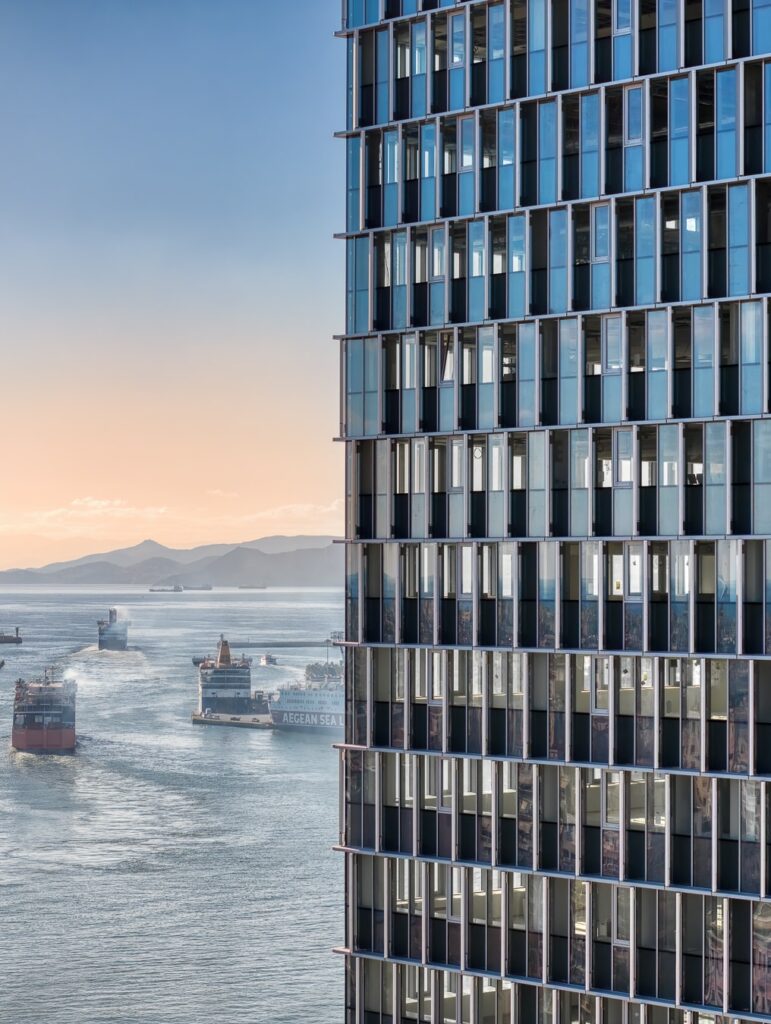
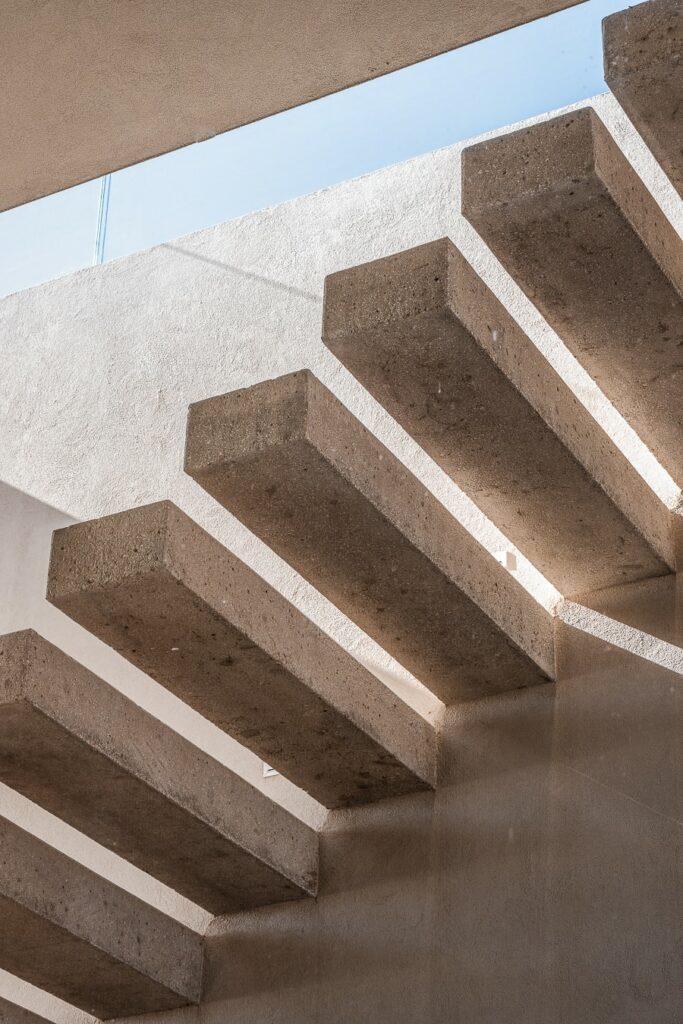
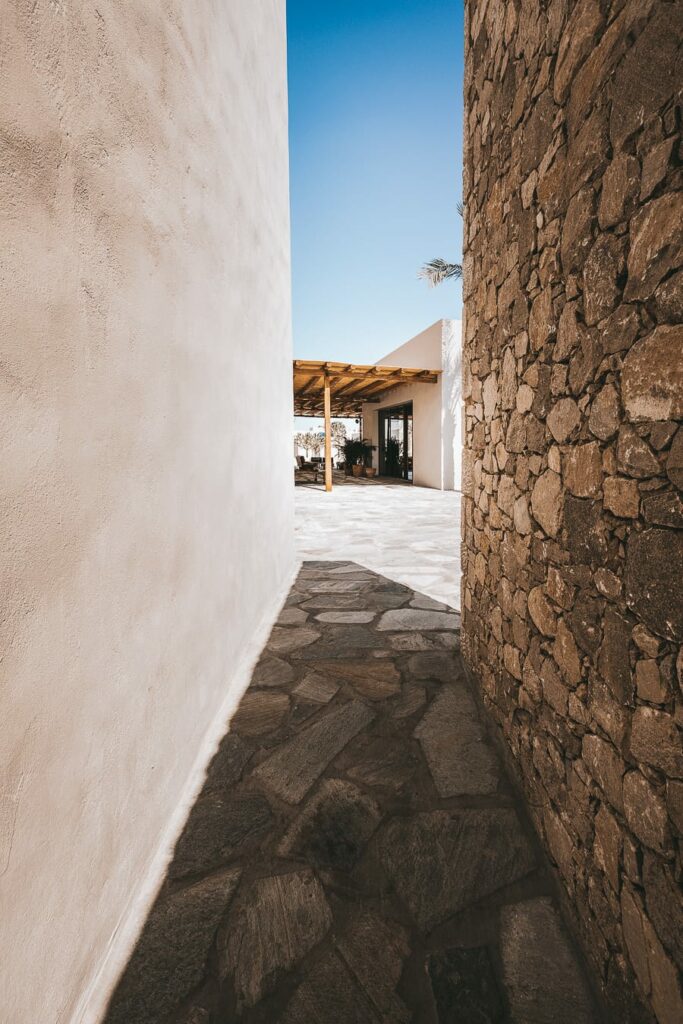
IV. DRONE PHOTOGRAPHY & VIDEOGRAPHY
In order to enhance the impact and visual narrative of architecture photography, dynamic aerial images are essential. These drone-assisted aerial photos provide a distinctive and captivating viewpoint that surpasses conventional ground-level photography.
Utilizing drones for elevated shots, providing a comprehensive view of the architectural context. In the field of photography and videography, drone photography—also referred to as aerial photography or UAV (Unmanned Aerial Vehicle) photography—has become a revolutionary and often used technology. This type of imaging entails employing unmanned aircraft, known as drones, to take pictures or videos from an elevated viewpoint. Here’s a look at some important facets of drone photography:
Real estate: Presenting homes from above, emphasizing attributes such as landscapes, ease of access to facilities, and architectural style.
Travel and vistas: Taking aerial photos of vast vistas, breathtaking natural formations, and famous sites.
Building and Infrastructure: Using drones for tracking the advancement of building, examining infrastructure, and evaluating site circumstances has revolutionized the field of construction and site management. These aerial devices provide a bird’s-eye perspective, capturing real-time data and imagery that enhances the precision and efficiency of monitoring construction progress, assessing infrastructure integrity, and analyzing the specific conditions of a site. The integration of drone technology not only accelerates data collection but also facilitates informed decision-making, contributing to safer, more streamlined, and technologically advanced construction processes.
The following are some ways that dramatic aerial photos improve the story of architecture photography:
- Unique Perspectives: Aerial photography offers a unique perspective that is frequently not possible to capture from the ground. In a manner that standard photography is unable to convey, it enables viewers to fully understand the architectural design, arrangement, and interaction with the surrounding environment.
2. Context and Scale: Broader context provided by aerial photographs aids in expressing the effect and size of architectural buildings in relation to their surroundings. This aids visitors in comprehending the building’s position within the overall landscape, whether it is incorporated into the surrounding natural environment or tucked in an urban context.
3. Creating Visual Impact: Goal: Use captivating and dynamic compositions to draw viewers in and make a visual impression.
Techniques: To provide energy and excitement to the visual narrative and highlight the architectural topic, employ inventive angles, cinematic drone moves, and dramatic framing.
4. Building Progress: Using aerial photographs to record different stages of building is a useful approach. They may produce a visual timeline of a project’s progress, which is a special method to present how a site changes from the start to the finish.
5. Impact on Storytelling: Stunning aerial photographs arouse curiosity and passion, which strengthens a gripping tale. These pictures may inspire amazement and involvement, whether they depict the majesty of a cityscape, the tranquility of a remote home, or the vibrant activity of an urban center.
6. Marketing & Promotion: The real estate and architecture sectors frequently employ aerial photographs for marketing. They offer eye-catching images that may draw attention, highlight special qualities, and convey the worth of a building or project.
7. Artistic Expression: Via imaginative arrangements, patterns, and symmetries, aerial photography permits artistic expression. Abstract and aesthetically pleasing works of art may be created from structures through the manipulation of light and shadow from above.
In conclusion, striking aerial images enhance architectural photography’s narrative potential and offer a thorough grasp of the built environment by bringing depth, context, and visual impact to the subject.
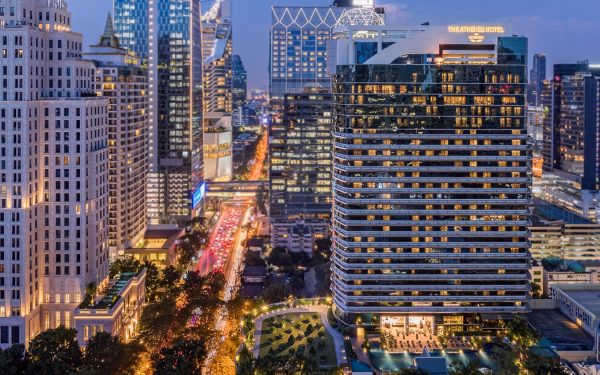
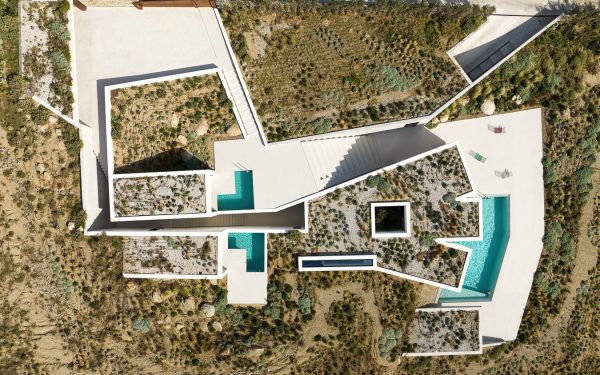
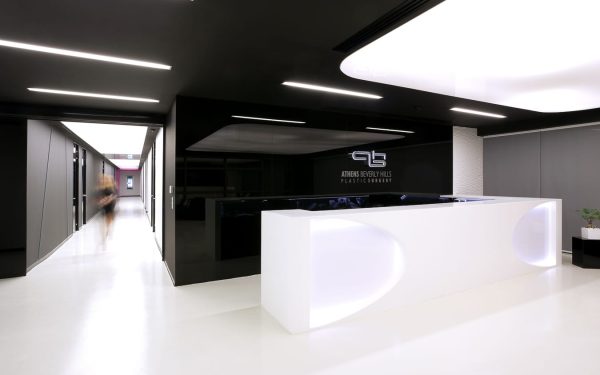
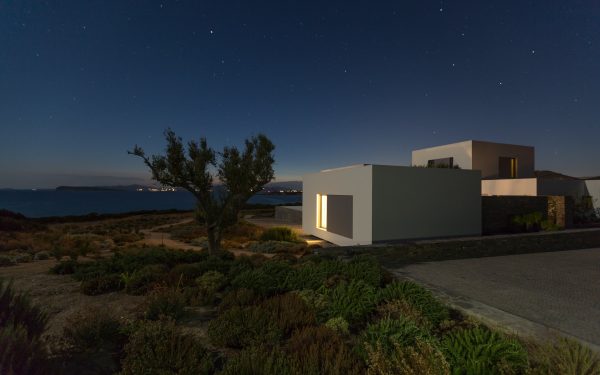
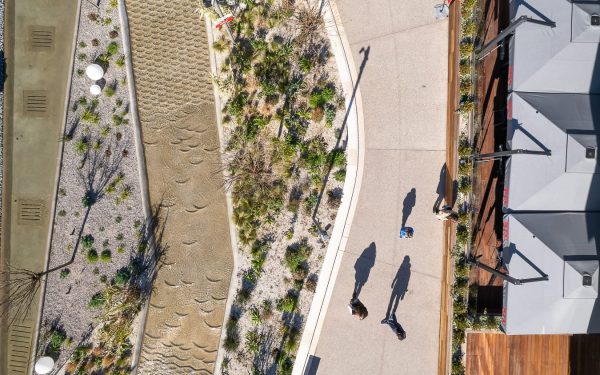
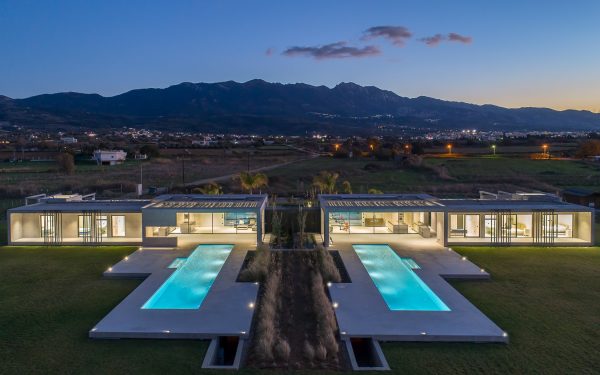
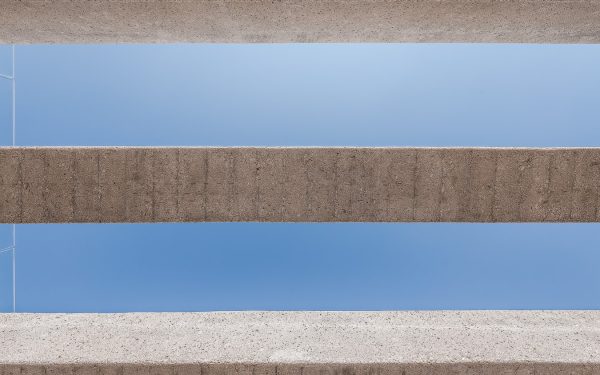
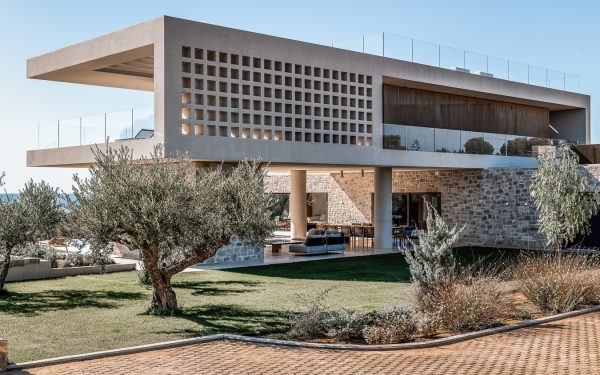
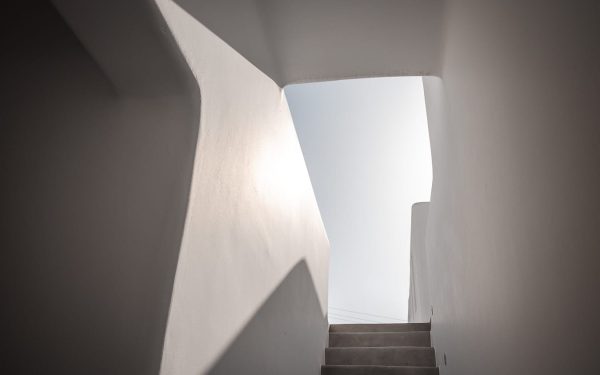
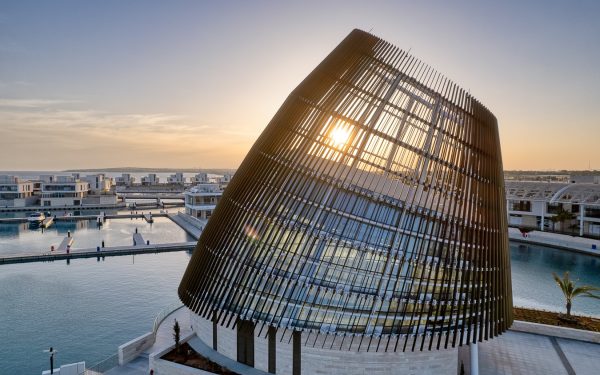
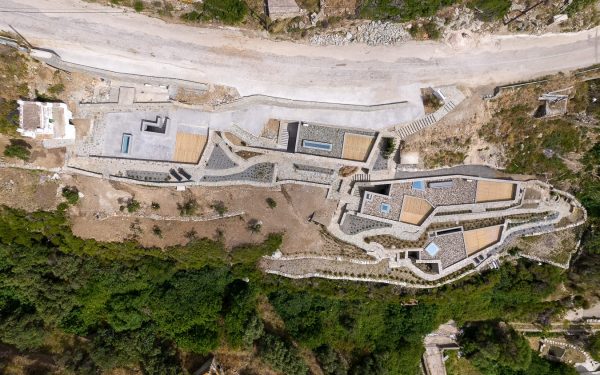
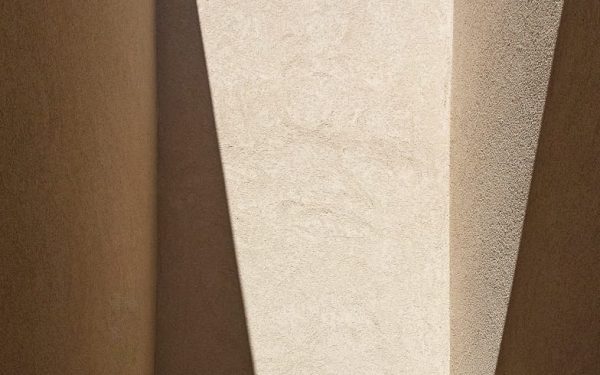
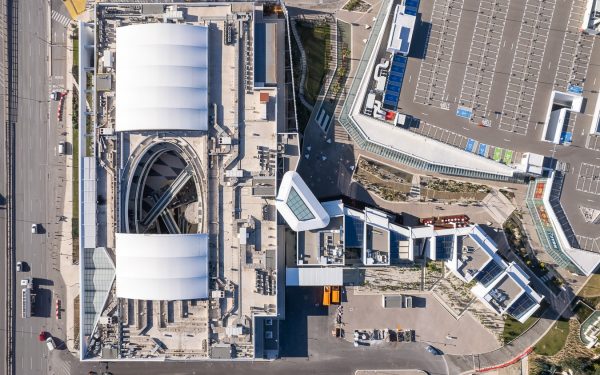
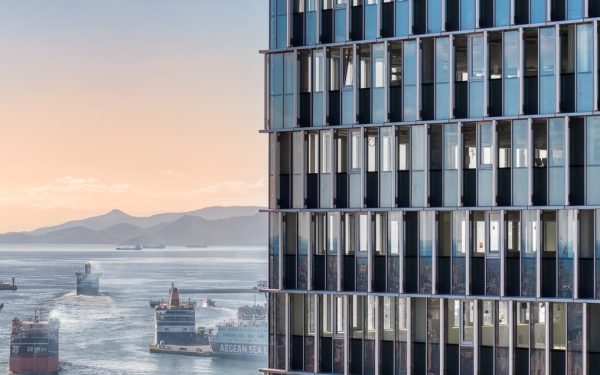
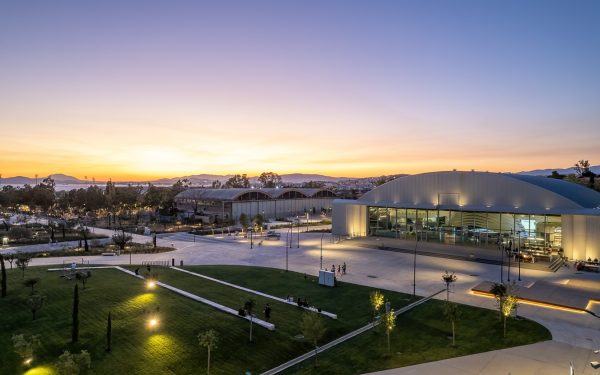
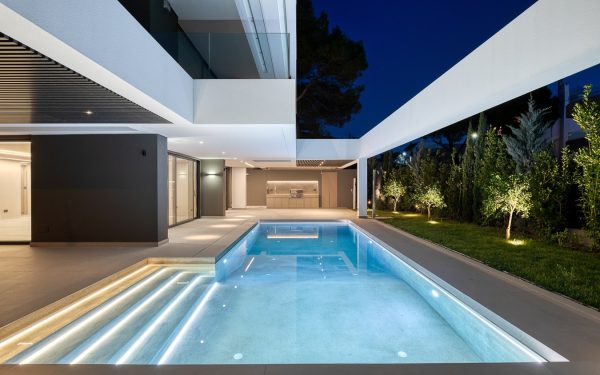
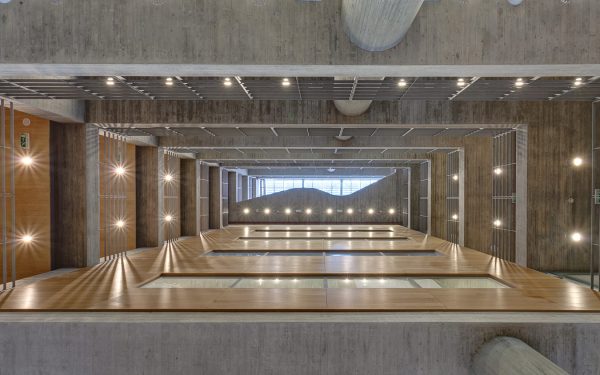
V. Using Lighting to Craft a Narrative
With an architectural photographer, lighting is the sculptor’s tool. Creating a narrative requires not just utilizing the natural light that is available but also carefully incorporating artificial lighting to highlight architectural elements, set the scene, and arouse the viewer’s emotions.
The objective is to draw attention to the way light and shadow interact to highlight textures, details, and three-dimensional elements.
Techniques: Using artificial and natural lighting strategically, as well as being aware of the impact of light at different times throughout the day.
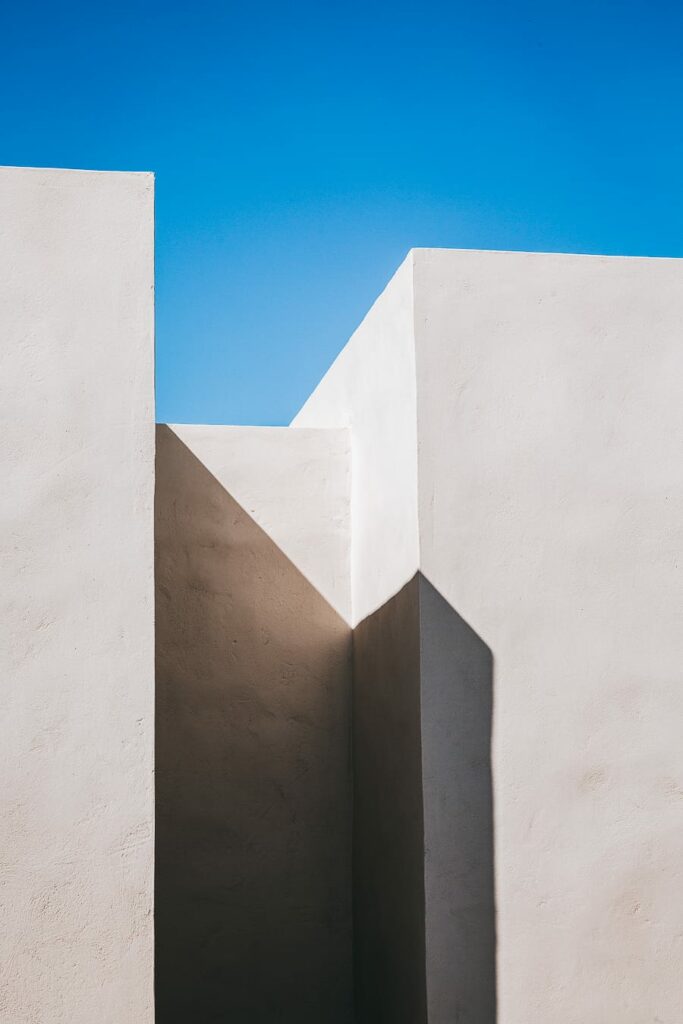
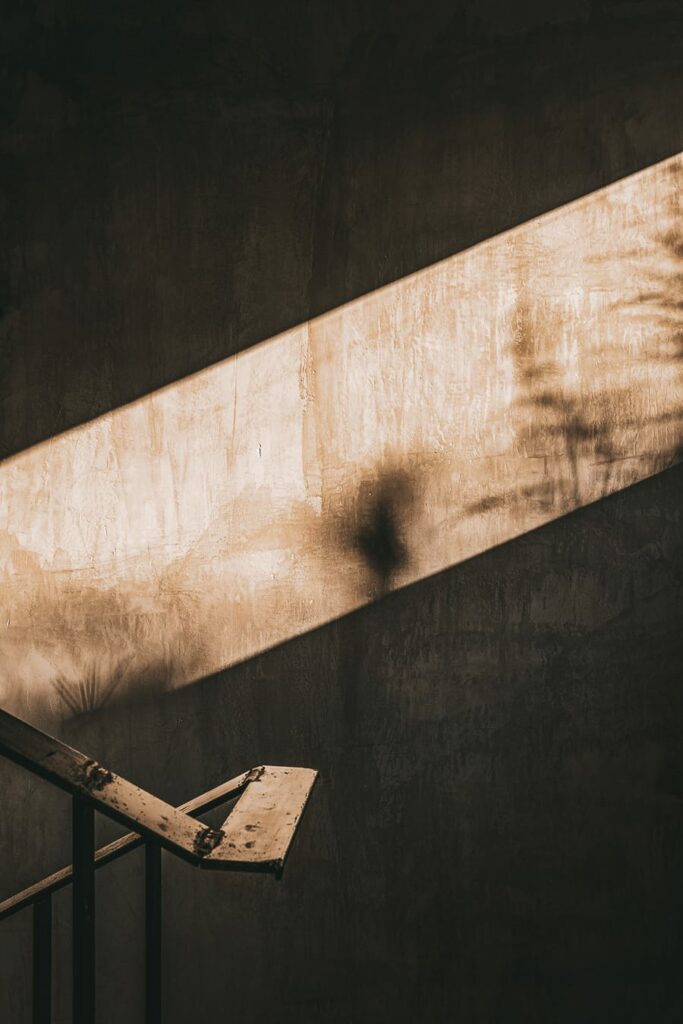
Vi. Digital Enhancement and Post-Processing
Post-processing is essential for improving and honing architectural photos in the digital era. Photographers employ software to fine-tune details, change color balances, and fix perspectives with finesse, ensuring that the final photographs are visually appealing and satisfy the highest standards of quality.
VIi. Difficulties in High-End Commissioned Work
Photographing building on commission presents a unique set of difficulties. Getting into restricted areas, adhering to strict timetables, and negotiating erratic weather patterns are typical obstacles. But what really distinguishes high-end photographers is their capacity to overcome these difficulties and use them as launching pads for original problem-solving.
VIII. Storytelling and Brand Identity
In addition to exhibiting architectural elements, luxury commissioned work frequently tells a narrative and strengthens corporate identification. Together with clients, photographers create a visual story that appeals to the target market by ensuring that the photos reflect the brand’s values.
IX. Significance and Persuasion
Exquisitely commissioned architecture photography has the ability to change people’s opinions and increase a space’s status. Stunning images enhance the history and reputation of the project’s architects and designers in addition to drawing in new business.
It’s about conveying the narrative and purpose behind a building or structure and sequencing images to tell a visual story. Capturing the evolution of spaces or the interaction of people with architecture is a nuanced and compelling aspect of architectural photography. It involves telling a visual tale that goes beyond static images of buildings, focusing on the dynamic life within and around architectural spaces.
In summary:
Within the domain of upscale commissioned architectural photography, every image is not just a depiction; rather, it is a meticulously composed story that resonates with the goals and character of the locations it portrays. In this sector, where there is an increasing need for visual brilliance, the relationship between photographers and clients plays a crucial role in influencing how we view and value architectural wonders.
Architecture photography is a dynamic and evolving field that requires a blend of technical expertise, artistic vision, and an understanding of architectural principles. Through carefully composed images, architectural photographers contribute to the documentation, appreciation, and promotion of the built environment.
George Fakaros – Professional Architectural & Hotel Photographer in Greece and Worldwide
